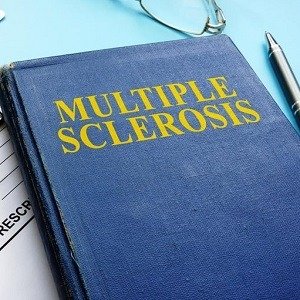A new study reveals that children from disadvantaged backgrounds face more severe consequences when diagnosed with multiple sclerosis (MS). The research, conducted at New York University Grossman School of Medicine, highlights the significant impact of social and economic factors on the progression of this neurological disease in young patients.
The study examined 138 individuals diagnosed with MS before age 18, finding that children from lower-income households and minority backgrounds showed larger volumes of brain inflammation and tissue loss on MRI scans. These findings suggest that social disadvantage in childhood can have lasting effects on MS severity.
Dr. Kimberly A. O’Neill, the study’s lead author, emphasized the importance of these findings, stating, “Our findings suggest that social disadvantage in childhood can have lasting effects on MS severity.” This underscores the need for comprehensive care that addresses not only the medical aspects of MS but also the social determinants of health.
The research revealed that children with public health insurance, often an indicator of lower socioeconomic status, had significantly larger white matter lesion volumes compared to those with private insurance. Additionally, Black and Hispanic children, as well as those from families with lower parental education levels, exhibited worse brain imaging outcomes.
These disparities persisted even when accounting for factors such as disease duration and treatment, suggesting deeper systemic issues at play. The study’s authors call for targeted interventions to address these inequalities, including improved access to specialized care and support for families from disadvantaged backgrounds.
As childhood MS diagnoses continue to rise, addressing these socioeconomic disparities becomes crucial in ensuring equitable health outcomes for all children affected by this challenging condition.
See: “Kids From Poorer Homes May Have Worse Outcomes if MS Strikes” (December 22, 2024)



